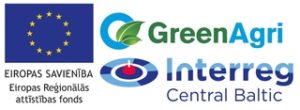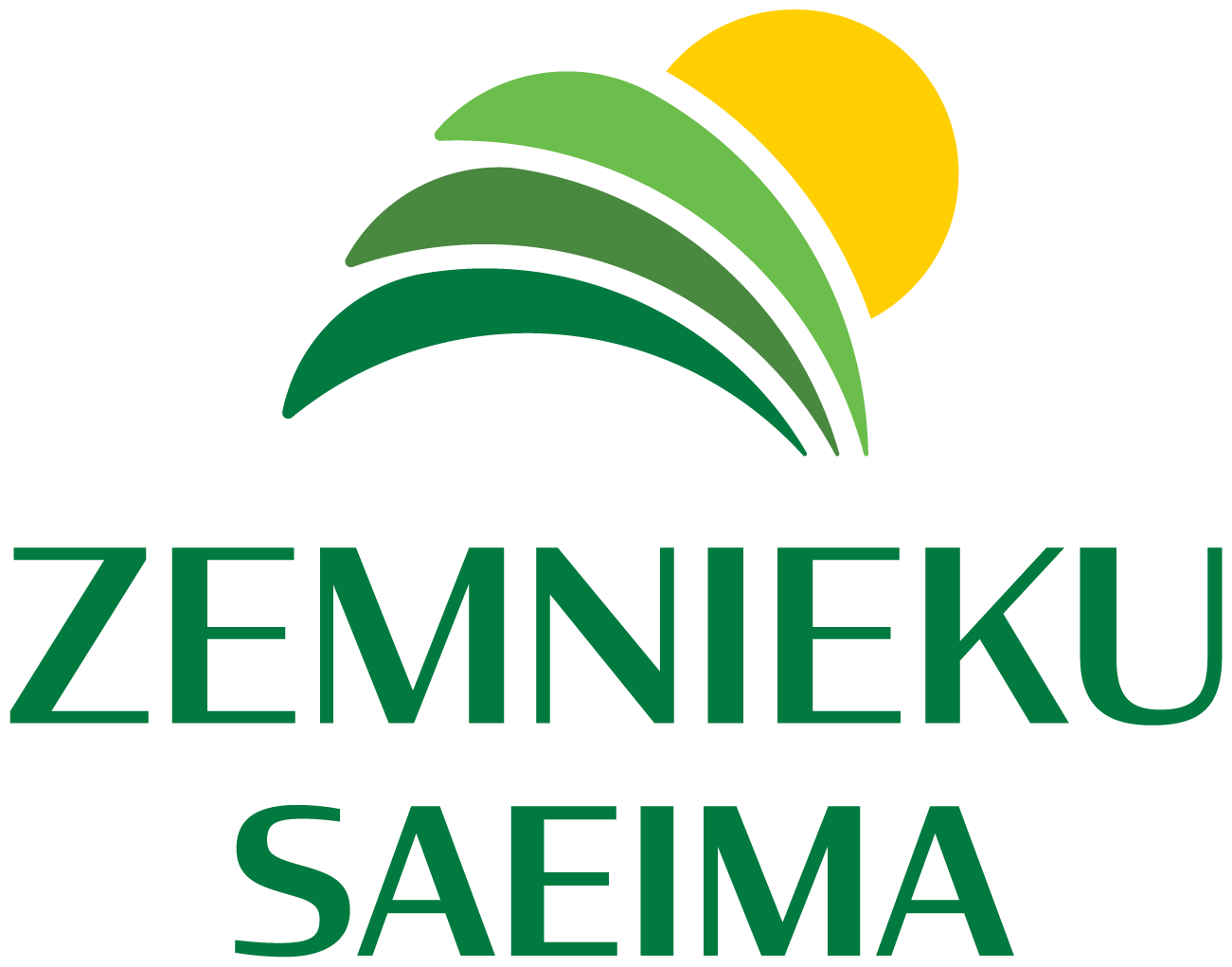Organic fertilizer use in Denmark
From April 4 to 6, 15 of our members and experts, together with colleagues from Estonia, visited livestock farms in Denmark as part of the “GreenAgri” project.
In the program:
- Farm tour: Isbjerg Mølle, Varde, 620 cattle and 460 ha of land.
- Aarhus University, Foulum. Institute for Food and Agricultural Research.
Soren Petersen.
- Farm: Jacob Gade, Skals. 250 cattle
- SEGES – Danish Agricultural and Farm Advisory System https://www.seges.dk/om-seges
Denmark is an intensive livestock farming country, where 90% of all organic fertilizer is slurry, 8% deep barns (removed 2x per year), 1% slurry, 1% pushed out of the barn every day – solid manure together with slurry. The majority or 86% slurry is applied in spring, 10% in summer on grassland and 4% in autumn. Slurry is mainly stored in lagoon-type storages (80-90%) with a capacity of 10-12 months. To reduce ammonia emissions, the lagoons should be covered, straw or natural bark is used as the cheapest covering. 46% of all liquid fertilizers is applied directly to the soil, 35% uses rubber hoses and 19% is additionally acidified with sulfuric acid at 2-3 l/m3. Acidification is carried out in closed special storage facilities, where the pH is reduced to 5.5, in the liquid fertilizer storage or in the field (when applied to the soil).
Due to the high animal density, the legislation sets stricter rules on the timing of spreading and the doses of nutrients – Nitrogen (N) and Phosphorus (P) on farms with more than 1.7 cattle units per ha. The maximum dose for pig manure is 170 kg N/ha/year. For cattle manure 170-230 kg/ha/year. In the last 30 years, the use of nutrients from organic fertilizers has significantly improved due to precise technologies (research), legislative requirements and farmer education.
In Denmark, 22% of agricultural land is occupied by grassland, of which 56% is a crop rotation crop, 25% is used as pasture for dairy cows. In Denmark, the average number of cows on a farm is 170 cows, with an average milk yield of over 9,000 kg.
We got acquainted with the management of organic manure on two farms: Isbjerg Mølle, Varde (620 cattle and 460 ha of land) and Jacob Gade, Skals (250 cattle). At the Foulum Food and Agricultural Research Institute of Aarhus University, we gained insights into the close cooperation of scientists with farmers in conducting research and policy-making. The main research topics: climate and natural resources, environment and bioenergy, organic agriculture food production and quality, crop production. The institute employs 90 scientists with degrees and 68 PhD students. The results obtained in trials are quickly transferred to production, as well as educating young farmers.
We got acquainted with the work of the crop production department at the Danish Agricultural and Farm Advisory Service – SEGES (https://www.seges.dk/om-seges). Consultants provide daily advice on cultivation technologies, variety selection, plant protection, fertilizer application, conduct field trials and provide proposals for legislation. For example, in 2016, 35,500 fertilization plans were developed, covering 2.1 million ha (801 million ha of total agricultural land), as well as 1,100 field trials with fertilizers, pesticides, etc.
Benita Virta (Z/s "Rubuli")
Probably the most important thing that I knew a long time ago, but now I saw with my own eyes, is that everything should be done sensibly – you can’t first destroy the environment in which you live and then just start taking care of it. In Denmark, in my opinion, there is too much livestock in relation to the land area. Not everything that works very well in Denmark also works in Latvia, such as farmer consultation centers. Ilona Miglāne: Agronomist at “SIA Lukas agro” During the trip, I once again realized that although we are all in the European Union, our climatic conditions, soil composition, etc. are different. For example, in Denmark 80% is liquid manure, in my opinion there are a few farms in Latvia, most of the farms have solid manure. When comparing, I think that our livestock farming, liquid manure farms are not at all worse than Danish farms, however, the difference in European payments, milk prices, and, of course, land payments, is huge. However, my main recommendation would be to policymakers and writers of Latvian legislative regulations not to "blindly" adopt Danish agricultural regulations, considering that Denmark has a high livestock density, light, sandy soils, and they are trying to restore the ecological balance that has been disrupted by such intensive agriculture in previous periods.
Indulis Ieviņš (SIA “LLU MPS Vecauce”)
I understood where those “strange ideas” in the payment rules of the RSS and other absurd requirements from the environmental service “grow legs”. In essence, the causes and solutions of the problems created by the Danes are automatically transferred to Latvia – without adaptation to the existing situation and basically without a real analysis of the situation in Latvia. I understood that Latvia still has enormous opportunities to increase the number and productivity of farm animals. The Danes clearly and easily explained their problems of environmental pollution, their causes and the solutions they used, not only with “what needs to be done to improve the situation”, but also “why it needs to be done exactly that”. It was these easy-to-understand explanations that led to the realization that “what needs to be done” is being imposed on us in Latvia without an explanation of “why exactly that” and without understanding “do we really need it?”
Arnis Kristapsons (Z/s "Bukas")
A wonderful farm was visited, where Swiss and Jersey cows are bred. The main conclusion is that in Latvia, Jersey cows are not offered or popularized at all, which makes you wonder what kind of cows to keep on our farm in the future? In Latvia, there is still a tendency towards milk quantity (Holstein breeds), not quality - protein, fat content in milk. The farm showed fully automatic cattle feeding, which is not common in Latvia. In Latvia, with a shortage of labor, this is very relevant. Speaking of organic fertilizer, in Latvia, this problem of organic fertilizer being in excess is not a threat, because we do not have such a density of livestock per hectare. We can take over the timely incorporation of manure, at what time to take it out to the field and for which crops.
Article in the ZSA magazine – Manure problems in Denmark


